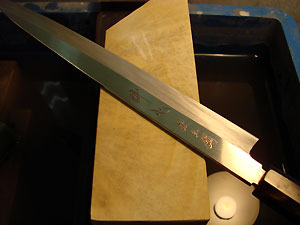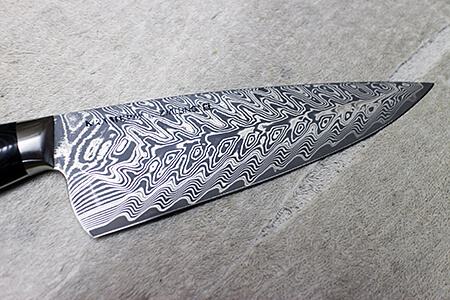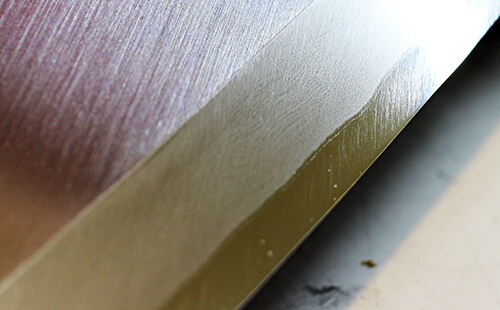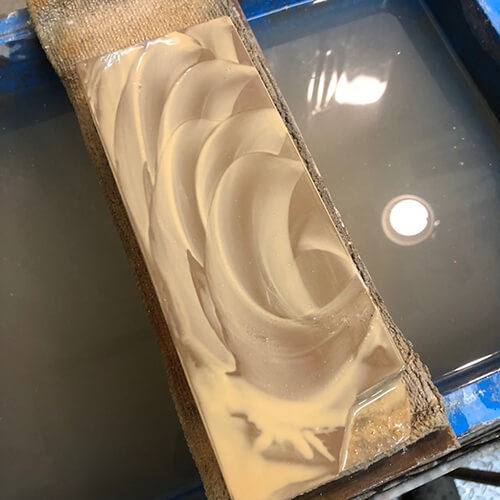What is Honbazuke?
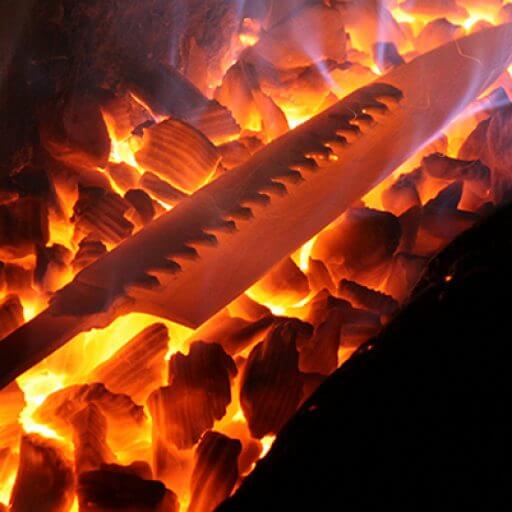
I wonder what Honbazuke really is? I used to think, ‘Just sharpen the edge with a finishing stone, and it’ll become sharp, right?’ So, I decided to give the Honbazuke Before-After a try, and the difference in cutting performance was astonishing…
Even with just a single sheet of newspaper, you could notice the change. Is thinning the edge what Honbazuke is all about? Or is it about smoothing out the irregularities in the cutting edge? According to the artisans, ‘Honbazuke is when the person who uses it (the chef) sharpens it to their liking.’
I think that’s probably not far from the truth.
For those who want to use it vigorously, just give it a robust edge. And if you’re aiming for delicate precision, it’s okay to sacrifice some durability for sharper cutting. They talk about ‘Hamaguriba’ in features like ‘Kishubusshin Special’ and the ‘Daily Training’ blog, but that’s not necessarily the ultimate Honbazuke. While some may prefer a thin, flat sharpening that effortlessly glides through, there’s more to it.
So why does it end up with ‘Hamaguri’ as an extension of Honbazuke? The reason is simple: it provides an all-around sharpness and excellent edge retention. Originally, when it’s handed over by the artisans, it’s already Hamaguri-edged. If flat sharpening were the ultimate, artisans would present it that way, as it’s more efficient. But Hamaguri has its merits – it prevents chipping from the start and caters to different users’ needs.
For instance, kitchen knives meant for household use often sport obtuse angles, as they’re not expected to chip easily. This could also be due to the steel properties of household knives, which might not allow for very acute edges. This discussion could go on, so I’ll stop here (^^)b.
hibishugyo
- 2007-05-14
